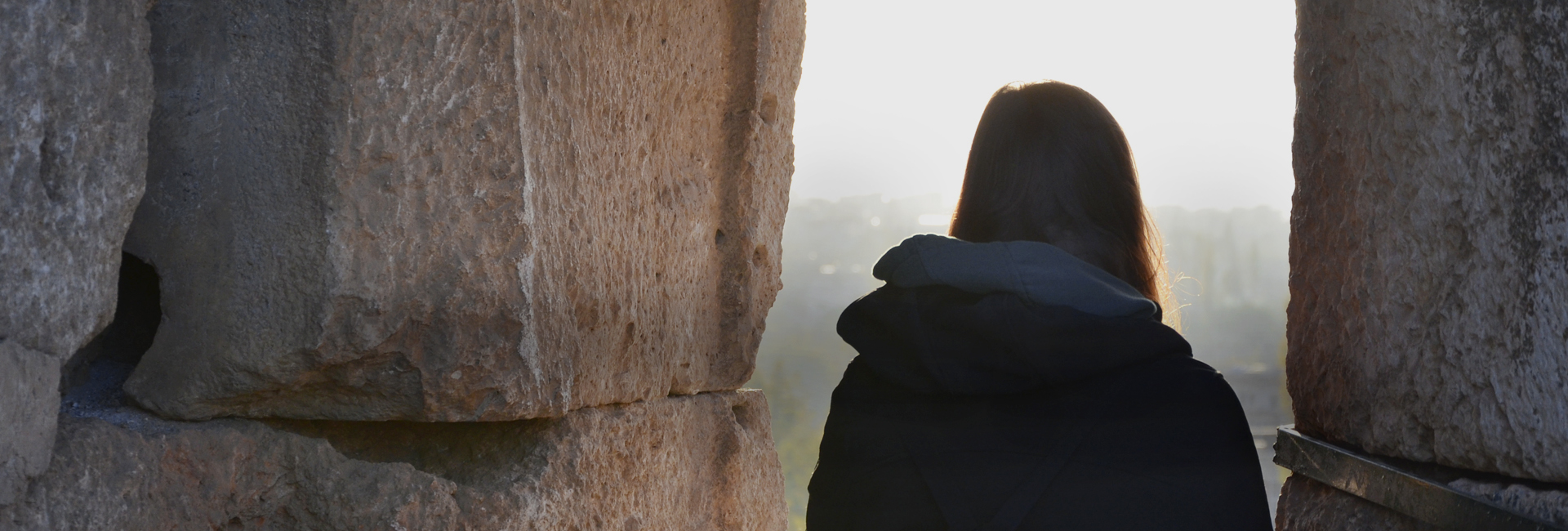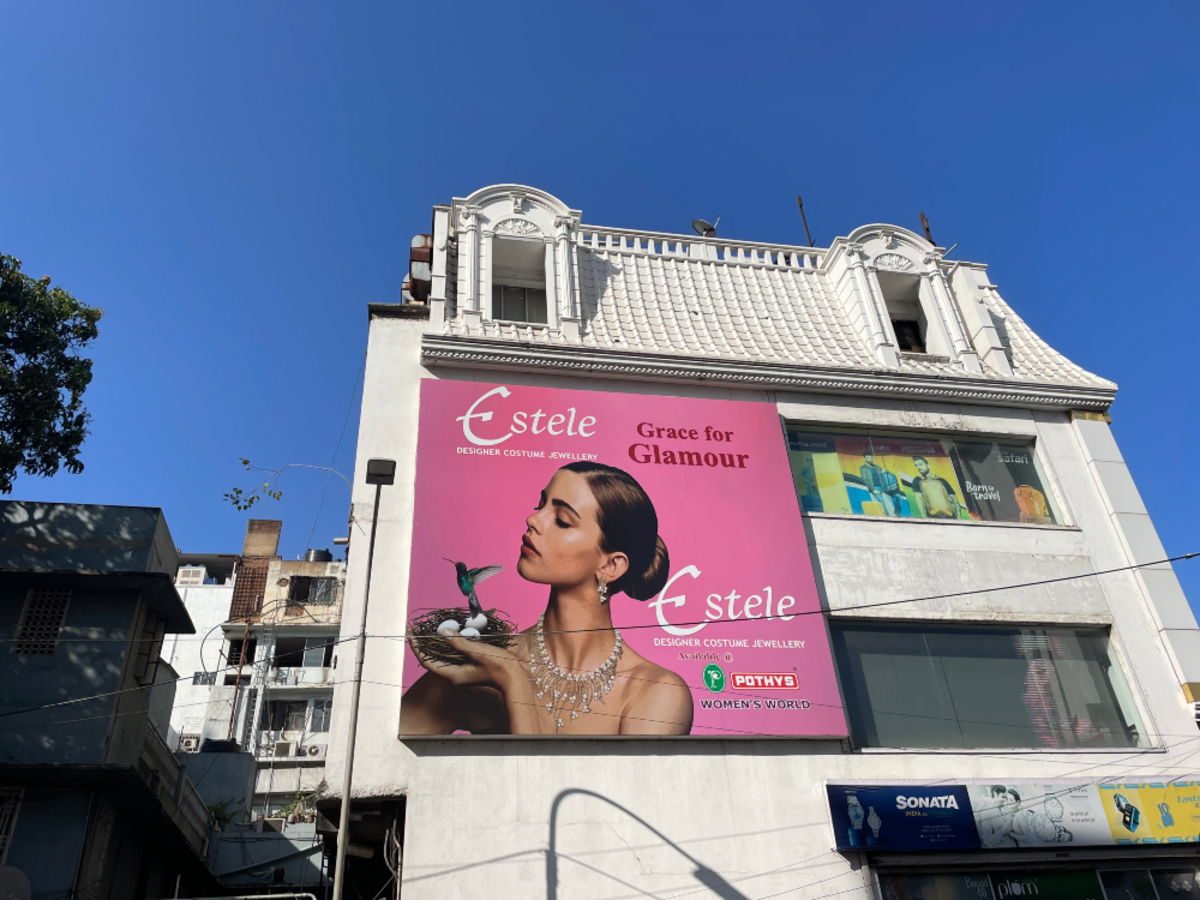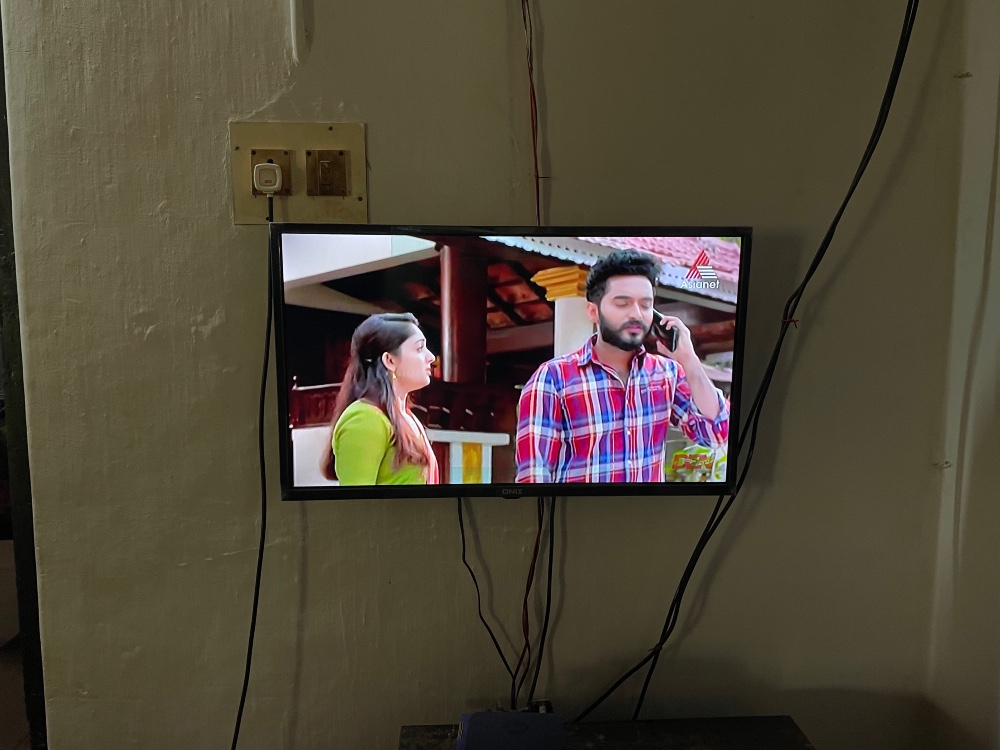
Weltweit erlebt
9 Freiwillige weltweit. Täglich neue Eindrücke und Erlebnisse. Kleine und große Herausforderungen. Erfahrungen für das ganze Leben – all das ist das Ökumenische FreiwilligenProgramm der Evangelischen Mission in Solidarität (EMS)

The struggle with colours
„What is your favourite skin colour?“
This was one of the first questions i‘ve been asked by the girls, once they‘ve gotten more used to me. Now some might not think much about it, it‘s a simple question really. Some might feel uncomfortable or conflicted with that particular question, for multiple reasons. I‘m not sure what i felt, the first time i was asked but i know that i was intrigued.
I was less intrigued by some people telling me to stay out of the sun because it will cause my skin to darken. I already knew that most of Asia’s general beauty standard demands for a “fair” skin tone, still i wasn’t quite ready for the “in your face” approach. Many Companies here advertise only with light skinned or even white people. Filters on social media are trending, that first make you look darker in skin colour. The people make a sad face until the filter is removed to show how light their skin actually is and how happy it makes them. In movies and TV shows there are only light skinned people and Add campaigns for cosmetic products advertise with slogans such as “fair and handsome”.
The multibillion dollar skin lightening beauty industry is ever present everywhere you go but thats not exclusive to India. Still when i go to the shops i have to be careful not to buy a body lotion with “skin whitening” ingredients, that are proven to be toxic and can cause long term damages. Especially in the more modern western societies, it’s common to celebrate (or at least accept) all the different skin tones the world has to offer, although that also wasn’t always the case.
Whilst Europe has it’s own history regarding the pale white beauty standard, it seemed to have changed quite a lot since the middle-ages and renaissance. It’s well known, that in earlier days only the people in upper classes, such as Kings and Queens, the nobility and the riches could manage to stay indoors. Due to their many servants and slaves, they rarely had to go outside into the sun let alone work outside. That was work reserved for the “peasants”. Due to that the nobility usually had a lighter complexion compared to the rest of the population. As beauty standards always seem to strife towards the things that a large amount of people don’t have, it soon became the aspiration of the common people to also look like the noblemen, for with beauty there came attention and with attention there came opportunity. A more speculative thought crosses my mind when it comes to that topic, that suspects a certain amount of racial bias as well, but thats a topic for another day.
There are studies out there, investigating the impact of the relatively new middle class and the capitalistic life approach in western society today and how that societal change impacted the general perception of beauty.
Now, that there isn’t such a clear and harsh line between poor and rich and much more opportunity for most people (including women and people of other genders) to acquire a job and earn enough money to support a household and even to go on vacation once in a while, a lot of things changed. Once the often underestimated fashion industry was on board, there was no stopping the “tanned skin beauty trend” and lifestyle. Now this is only a small attempt to explain the history of beauty standards in correlation with skin tones in Europe and the global west, for i am by no means an expert and this isn’t supposed to be an essay.
Moving the focus of beauty from Europe to Asia i see that it’s not the same at all and i want to know why.
For the following it might be good for you to know, that my skin tone is much more similar to the one many people in India have. Even though i am not from here and also don’t share the same ancestral/ethnic background, it’s common for others, anywhere in the world really, to want to guess where I’m from. They see the colour of my skin and think “oh she must be from this place”. It’s been like that back home and is more or less the same here, with the difference, that I am really not from here, and that in Germany many assumed that I or my parents must be from somewhere far away. There is still variety in their guesses tho. Sometimes I’m from Brazil or South Africa or the United States of America. Sometimes I’m even from India. Here some also think that I’m Indian (usually until I start to talk :D). Strange enough many people here seem to think I’m French or Spanish which gives me to think, for the people here are often closer to the truth when it comes to guessing where I’m from than most people from my own country, isn’t that a weird circumstance?
By myself I don’t get too much attention or looks from others. And if I do it’s probably due to some confusion on their side. I can almost hear their thought process going from “just some woman from around here” to “but she looks a bit weird, a little different” to “hm, where might she be from?”. This might be irritating for some. People always assuming that you’re from somewhere else but I’m already used to it. And these special circumstances also give me an interesting perspective and experience here in India.
Some things are a little different for my co volunteers. They draw attention due to their light skin tone which quickly gives away that they’re at least not from around here. I’ve been traveling a bit with another volunteer and had good opportunity to see the differences in behaviour the people brought towards him in comparison to me. It was the same when I was with Merle and Leonie. The two other EMS volunteers in India.
Many Indian people seem to have a strange fascination with white people. The girls in the student’s Home I work at and school children alike, get shy and excited when they see a white person. Walking outside, many want to talk to my white travel companions and offer them tea and cake at their homes and want them to meet their families. And always, always! Selfies. Not one day without someone wanting to take pictures with them. Now don’t get me wrong. I’m quite relieved, that I don’t get all of this very special kind of attention, although it has it’s pro’s, I like my “undercoverness”, but it does make me think. Where does all that come from? Is it just the fascination with something that’s so different from the usual? Is it this counterintuitive beauty standard? or is there more?
I remember a conversation I and Luka, the volunteer I was traveling with, had with an auto rickshaw driver. He was talking about his wife and how she loved him and thought he was a good looking man despite his darker skin tone. He looked in the back mirror and said to Luka that he must have no problems finding someone to fancy him since he has white skin which is much more beautiful than dark skin. He quickly looked at me when he said that last part. I’m still not sure if he was looking for reassurance or something else. I just stayed quiet, an eerie feeling settling inside me as i thought about how wrong everything about this situation felt.
Internalised racism and Colourism were the terms that came to me the longer I thought about that incident and situations similar to this one and I was afraid, that this might be an issue that’s much more deep rooted then I originally thought. First let me (or rather people from the internet who are much better at explaining this than me) quickly try to explain what colourism and internalised racism is.
Colourism: differential treatment based on skin colour, especially favouritism toward those with a lighter skin tone and mistreatment or exclusion of those with a darker skin tone, typically among those of the same racial group or ethnicity.(1)
Internalised racism: internalised racism involves both "conscious and unconscious acceptance of a racial hierarchy in which white people are consistently ranked above people of colour ." These definitions encompass a wide range of instances, including, but not limited to, belief in negative stereotypes, adaptations to white cultural standards, and thinking that supports the status quo (i.e. denying that racism exists).(2)
Every time I asked someone: “why are people in India so obsessed with white skin?” They either said they didn’t know or that it was a remnant of the earlier days. Asia and therefore India, has a similar history of aristocrats and their fairer skin tones and common people who had to work outside and therefore had darker skin tones, making their skin tones a societal status symbol.
There is also a subtle division between the people of north India and the people of south India. When I was travelling in the more northern parts of India the first thing many of the locals asked me (or rather noted), was that the people in the south are much darker than them. Now that might just be a normal and innocent statement, if there wasn't this particular undertone and the history India has with colourism and racial bias. They are basically saying, that they are somehow better than or more beautiful, because they are lighter than these other Indians from the south, is very troublesome for me.
I often asked myself if the colonial history of India also had an important impact in consolidating this believe. I talked to some people across India and many of them said that colonialism had a huge impact on colourism and how Indians, to this day see and feel about their own skin tones. When the english still ruled over India, it was common that Indians with a fairer skin tone were treated over all better than those with darker skin. In combination with them (except for the elite, although even they didn’t get away without harm either) still over all being treated as less than their emperors, and many other horrific things that took place during colonialism, made for a likewise horrific mix of harmful thoughts and ideals that still remain to this day. This was the day to day standard of how they were treated back then and it stuck with the people and eventually turned into a subtle but ever present generational acceptance and trauma.
Of course there are many people who are very aware of this issues and are actively woking against it. The famous “Dark is Beautiful” Campaign India, which celebrated it’s 10 year anniversary in 2019, was founded by the Women Of Worth (WOW) and was later joined by actress and filmmaker Nandita Das, piked up on the Black is beautiful movement brought to live in 1962 by Kwame Brathwaite, a Photographer and Activist from New York, fighting for the - quote :”equal perception of the black body to help undo all the negative ideas brought about by a history based in white supremacy.”(3)
The “Dark is Beautiful” Campaign India, provides various workshops and events with the message “a person’s self-worth does not depend on the colour of their skin”. (4) It also organises multiple advocacy initiatives to actively fight against discrimination in all forms shown in the media. If you, dear reader, are interested in this topic/cause you’re welcome to visit the www.darkisbeautiful.in website.
I know this is a heavy topic but i believe it to be crucial to talk about this. Not just in the context of India but also back in Germany, since we are by all means not perfect either.
Love
Lisa
(1) https://www.dictionary.com/browse/colorism
(2) https://www.dictionary.com/browse/colorismhttps://en.wikipedia.org/wiki/Internalized_racism (3)https://en.wikipedia.org/wiki/Black_is_beautifulhttps://www.darkisbeautiful.in/workshops/


